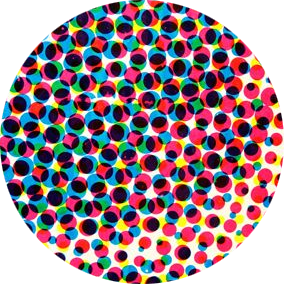The Romanticism of Abe Sapien

Abe is inspired by the titular Creature of a film trilogy that begins with 1954’s “The Creature from the Black Lagoon.” This late entry in Universal’s horror cycle offers a particularly sympathetic monster. M. Keith Booker argues that in the monster movies of the 50s… 2/13

“…the anxiety over the opposition between Self and Other… was so radical that even the opposition between humans & monsters was difficult to maintain, resulting in… sympathetic monsters (such as the Creature from the Black Lagoon) who seemed more human than the humans.” 3/13



Abe Sapien’s romantic aspect is developed as the character’s mysterious origin gets revealed. This begins in the BPRD storyline “Plague of Frogs” and continues in “The Dead,” where Abe discovers that the man he once was, Langdon Everett Caul, had a wife, Edith Howard. 6/13



Abe is subsequently seduced by the ghost of his past in the form of a (seemingly) resurrected Edith. This evokes a Freudian “return of the repressed.” In Freudian psychoanalysis, this is an intrinsically sexual concept, related to the particular power of sexual drives. 9/13

This isn’t a happy reunion. Edith tries to convince Abe to abandon the world, which would presumably lead to his death. Abe eventually forces them both to confront the truth: that she is dead & he is no longer Langdon. Though he never regains his memories, Abe mourns Edith. 10/13

But given the cultural inspiration for Abe, it remains notable that he is the only core member of the BPRD whose origin story features this element of romantic tragedy. The character’s further evolutions and inspirations are also worth mentioning. 11/13

Abe has a romance in Guillermo del Toro’s “Hellboy II: The Golden Army” (2008) & del Toro’s Oscar-winning “The Shape of Water” (2017) features an underwater kiss that strongly recalls “Hellboy: Sword of Storms” (2006). Doug Jones portrays the character in all 3 examples. 12/13

So why does this matter? It matters because showing that monsters can have desires and become objects of desire helps humanize them, chipping away as the self/Other dichotomy that informs so many monster stories and the cultural prejudices underpinning them. 13/13

